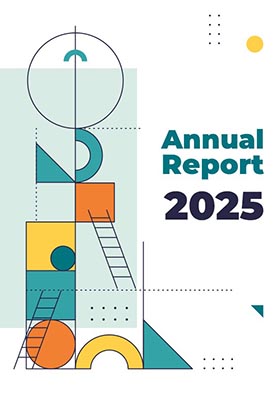On (January 8, 2023) , (Dr. Mohammad Ahmad Thawabteh, Sleimya Zahraa) published a new study in (Revue de Traduction et Langues/ Journal of Translation Languages) titled (Two Receptive Audiences for the Same Translated Text: The reception of CEDAW Convention in Occupied Palestine as a case study). Translation Studies comprises different approaches to translation, e.g., linguistics-oriented, functionalist, discourse register analysis, philosophical, reception theory, among many others. As for reception theory, it is found that when and where a given text is translated and the influences it is likely to exert on its audience is very useful as an approach to translation. The time and place of the text reception then tends to be significant. The current article presents a critical and elaborate analysis of the (sub)cultural environment in Palestine which has failed to assure better reception of the translation of the Convention on the Elimination of All Forms of Discrimination against Women (CEDAW) as manifested in a Palestinian context, but rather has mounted perceptibly some social and political tension in the reception; the original version of CEDAW Convention was first published by the United Nations of Human Rights: Office of the High Commissioner on 18 December 1979, followed by the translations into four languages (Arabic, Chinese, French and Spanish). The article first looks at contiguous and overlapping disciplines: reception theory and translation bringing them together for a stimulating vision for an eclectic approach in which translation has established good relations with multifarious disciplines. The article then carefully examines the fairly comprehensible translations of the convention to an Arab audience, taking cue from Meidasari’s (2014) reception theory in which reader’s involvement in the initial understanding and developing interpretation is fully considered. The article then scrutinizes Arabic translation which has quite a different contextual and function, obviously a mere transference of a range of meanings inherent in a given utterance across languages and cultures; however, when Palestinian National Authority (PNA) became a full member recognizing CEDAW in 2014, the translation has been given a new lease of life and it exceeds mere ostentatious linguistic realization of the Source Language (SL) to become an issue of immense importance for a text reception whereby the translation is thus expected to gain instrumentality, that is, to meet and to fit in with the Target Language (TL) expectations. The reception of CEDAW Convention into Arabic decades after it was issued, namely 1979 stresses the importance of time and place. The time difference of the reception of the translation is considered of paramount importance. The findings of the present article, however, shows that the reception of CEDAW Convention into Arabic combines in an intricate web of intersecting political and ideological relations. The same TL triggers two different reception groups on the part of the TL audience, and thus creates a kind of overwhelming tug-of-war relation in the groups. For the first group, the translation is the coat of arms for Palestinian women to enable them to fight for their rights and has consequently adopted adulatory tone as it conforms to the readers’ aesthetic expectations. For the other group, however, it constitutes the emasculation and marginalization of meritorious pillars Islam. The article concludes that the Palestine has been invariably buffeted by social and political upheaval, and the translation role should be expected to drastically change. Before the 1990s, the translation has actually a minimal role to play as Palestinians had been through the stiffest resistance against Israeli occupation which openly violated (and is still violating) international law. With the establishment of the PNA in 1994 which has exercised civil control on West Bank, new social and political realities emerged, paving the way for a kind of more social-international interaction. Thus, based on social milieu (be secular or Islamic) the translation is received. It has come in for criticism by Islamist, but applauded by secularist regardless of being two sides of the same coin.


